Is Deep-sea mining vital for a greener future?
- Science-by-Trianon

- Jan 10, 2021
- 3 min read
Updated: Apr 10, 2021
Deep-sea mining is the process of retrieving mineral deposits from the deep sea – the area of the ocean below 200 m.
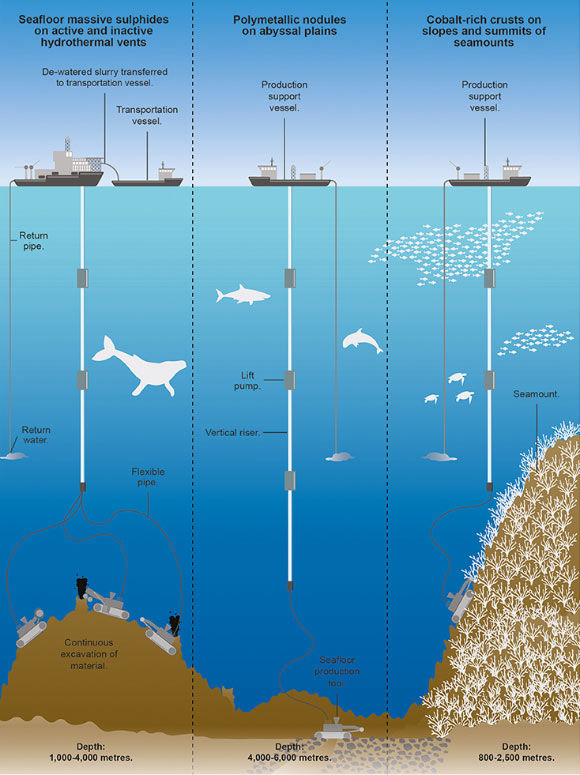
Deep-sea mining
Demand for cobalt, and other metals for batteries used in mobile electronics and electric vehicles, is forecasted to dramatically increase.
A potential new source of minerals from the deep-sea could enter battery supply chains in under a decade.
Everybody seems to agree that electric vehicles are the future and a cornerstone on the way to reaching the 2 °C goal.
Electric cars and other ingredients of modern life such as mobile phones need batteries in order to be, well, mobile.
These batteries in turn contain metals and these metals need to come from somewhere; they can be mined from the earth or gathered from the seabed. This is where is coming from the rising demand for metals and the interest in deep-sea mining.
1. Batteries
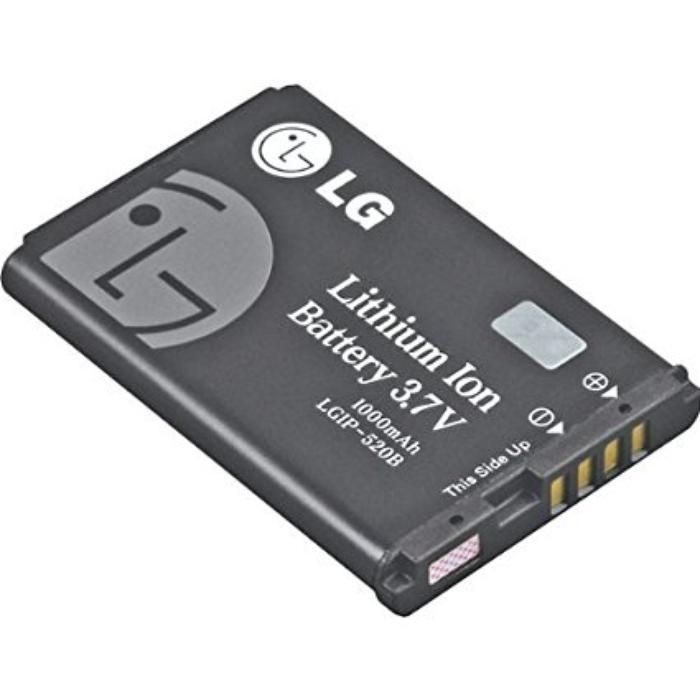
Put in very simplistic terms, a battery is a container in which a charge carrier is separated from a charge acceptor. If these two are connected a current will flow and can be made use of.
Modern life consists of umpteen devices which are mobile and hence need mobile power sources, such as cars, laptops, drones, etc.
The charge carrier in batteries contains always a metal - lead in your standard car battery, cobalt in the batteries of electric cars, lithium in mobile phone batteries. In this context, lithium is an especially important metal since it offers a very high charge density due to its low atomic weight, i.e. a lot of energy per unit mass.
It is expected to see tremendous growth in demand due to energy storage.
Non-metallic batteries are a topic in research, however, the term non-metallic batteries refers to the electrode material, the actual charge carriers are still metal cations. Such non-metallic batteries might play an important role in the future, at present they are the subject of fundamental research.[1]
While batteries are perhaps the most obvious application of metals there are, of course, countless others.
Batteries for power back-up of wind, solar, and tidal energy.
2. Deep-sea mining
The object of desire looks like this:
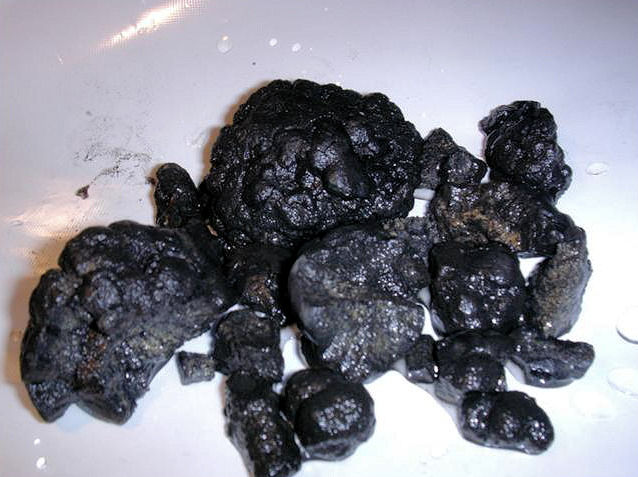
These are so-called poly-metallic nodules.
They contain metals such as silver, gold, copper, manganese, cobalt, and zinc.
They occur in depths from approx. 1000 m downwards.
In terms of size, these nodules range from microscopic to about 20 cm.
Their existence has been known since around 1870, and their abundance is estimated to be in the range of many hundred billion tons.
The importance of these minerals has been recognised very early (at times when mining them was technically unfeasible) and led to the '3rd UN Conference on the Law of the Sea', which in turn resulted in the setting up the International Seabed Authority (ISA),[2] which regulates nations’ deep-sea mining ventures outside each nations’ Exclusive Economic Zone (a 200-nautical-mile (370 km) area surrounding coastal nations).[3]
In general, the formation of these nodules is attributed to so-called thermal vents, i.e. cracks and fissures in the sea bed through which hot gases and other materials of volcanic origin escape the inner regions of the earth.
These thermal vents are also hotspots for marine life and this is where the environmental concerns surrounding deep-sea mining stem from.
It is possible that mining/harvesting in the areas around the thermal vents would disrupt the marine wildlife thus tearing massive holes into the food web.
There are two main ways of mining, one way is called Continuous Bucket Line and the other is a hydraulic suction system. Especially the hydraulic suction systems cause big dust plumes and at present nobody knows how long it takes for them to settle down again, how far they travel before doing so, and what exact damage this causes to seabed flora and fauna.
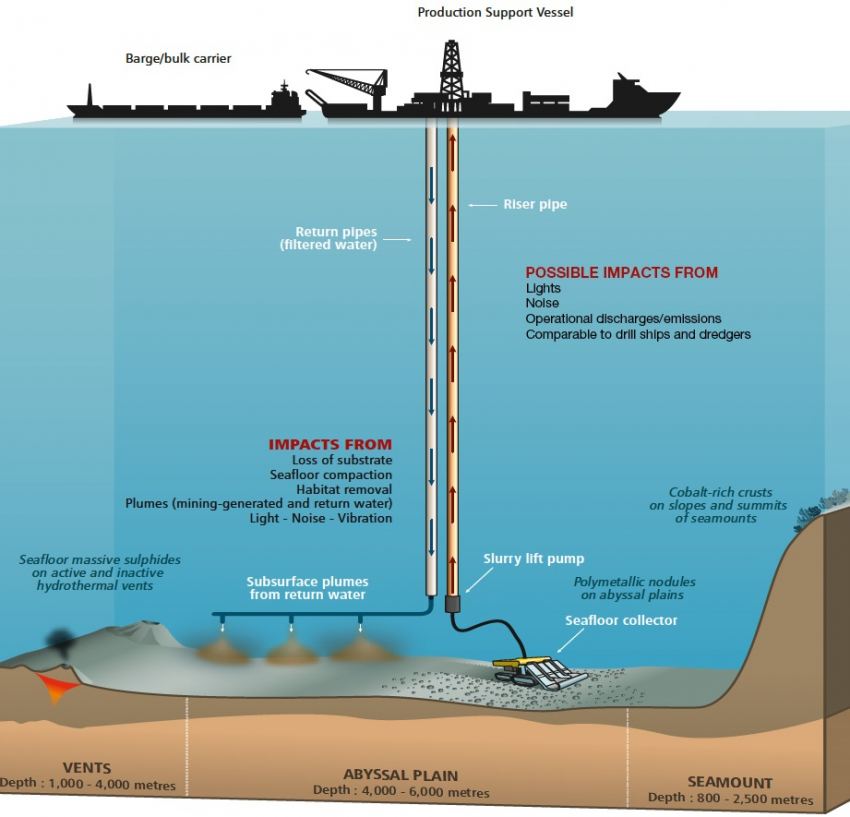
Potential impacts of deep-sea mining
It is expected that the International Seabed Authority could make far-reaching changes to its regulation of deep-sea mining in 2021.[4]
If you'd like to know more about this exciting subject: The 9th Annual Deep Sea Mining Summit is set to be held in London from the 27th to the 28th of May 2021 (probably subject to developments in all matters Corona).[5]
3. The impact of deep-sea mining on the environment
Depleting terrestrial deposits and rising demand for metals are stimulating interest in the deep sea, with commercial mining imminent.
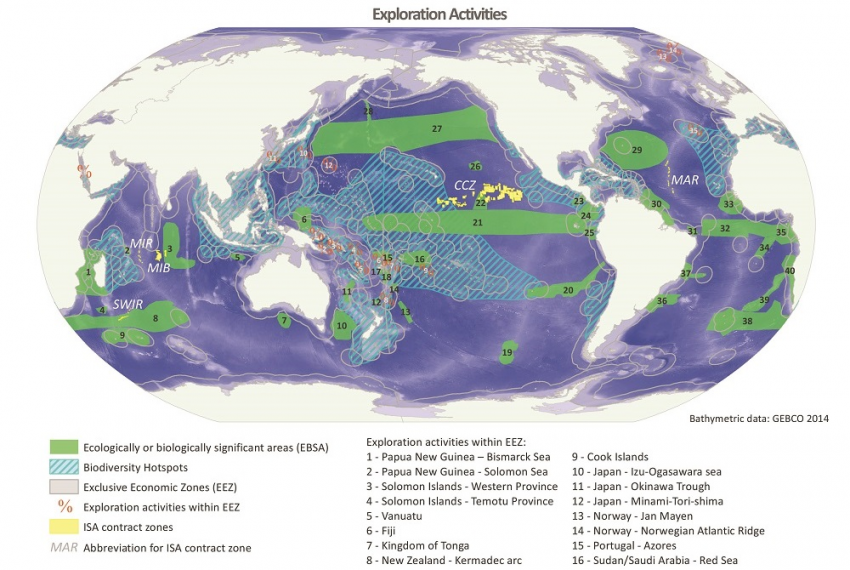
Deep-sea mining activities
As a matter of fact, mining materials from the seafloor could help secure a low-carbon future, but researchers are racing to understand the environmental effects.
The scraping of the ocean floor by machines can alter or destroy deep-sea habitats, leading to the loss of species and fragmentation or loss of ecosystems.
It can wipe out entire species – many yet to be discovered.

Ocean floor concretions
[2] https://isa.org.jm/ last accessed 7th of January 2021
[3] https://en.wikipedia.org/wiki/Deep_sea_mining, last accessed 7th of January 2021
[4] https://www.eco-business.com/news/8-trends-that-will-shape-sustainability-in-2021/ , last accessed 7th of January 2021
[5] https://www.deepsea-mining-summit.com/, last accessed 7th of January 2021




Comments